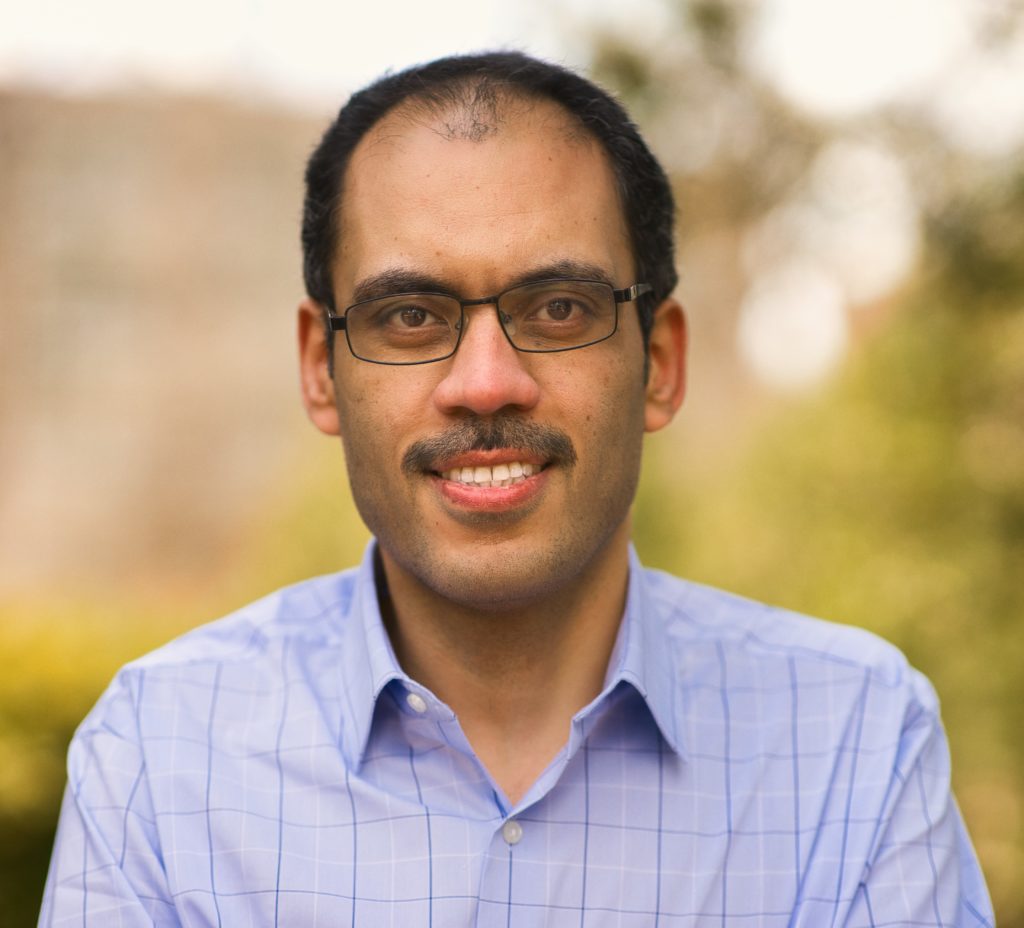Ayman Mohamed

ViVID Cohort: 2022-2023
Institution: Michigan State University
Email: mohame44@msu.edu
Additional Links: https://people.cal.msu.edu/mohame44/ https://aymanmohamed.weebly.com/
Pronouns: He/Him
Language(s) Taught: Arabic
Fun Fact: I am a double identity teacher: An English teacher in Egypt and an Arabic teacher in the U.S.
Why I wanted to participate in ViVID:
“I am looking for professional development opportunities that open doors of leadership to me in my field as a teacher of LCTL. I was looking forward to connecting with my peers and learn from them. I have recently been involved in creating open-source material in my Arabic classes to advocate for open pedagogy and foster an inclusive environment in our classes. I come as a learner in the first place and with curiosity to explore how my vision of open pedagogy can be adapted in the field. I am excited for more collaborations that target pedagogical innovations. Charting my pathway to intellectual leadership is the key in this journey, and I see my version of leadership in teaching and innovative curriculum design.”
Publications:
Azaz, M. & Mohamed (in press). El-Mumtaaz : A textbook in elementary Egyptian Arabic. Georgetown University Press.
Rabie-Ahmed, A. & Mohamed, A (2022). Collaborative and individual vocabulary learning in the Arabic classroom: The role of engagement and task demands. Foreign Language Annals, 1–19. https://doi.org/10.1111/flan.12636
Rabie-Ahmed & Mohamed, A (2022). Instructed Reading and Vocabulary in Arabic as a Foreign Language: A Research Agenda. JNCOLCTL, 32, 1–45.
Mohamed, A., & Issa, S (2021). Elementary Arabic: Open-Source Book. MSU libraries. Link.
Mohamed, A. (2018). Exposure frequency in L2 reading: An eye-movement perspective of incidental vocabulary learning. Studies in Second Language Acquisition, 40(2), 269-293.